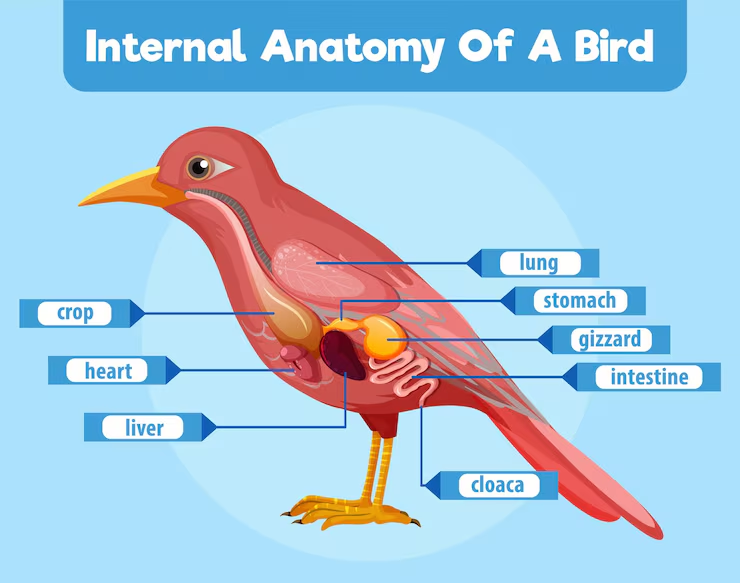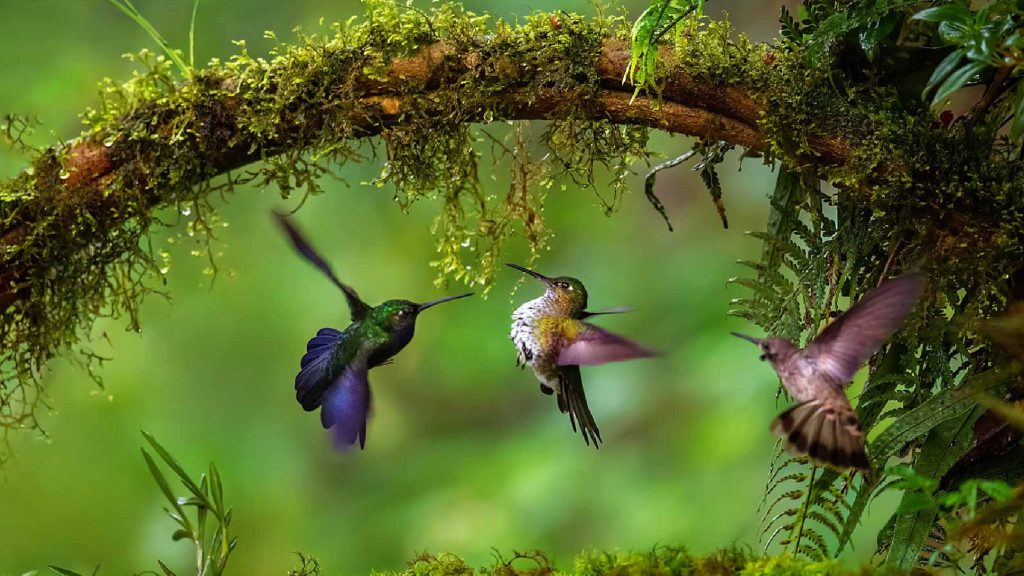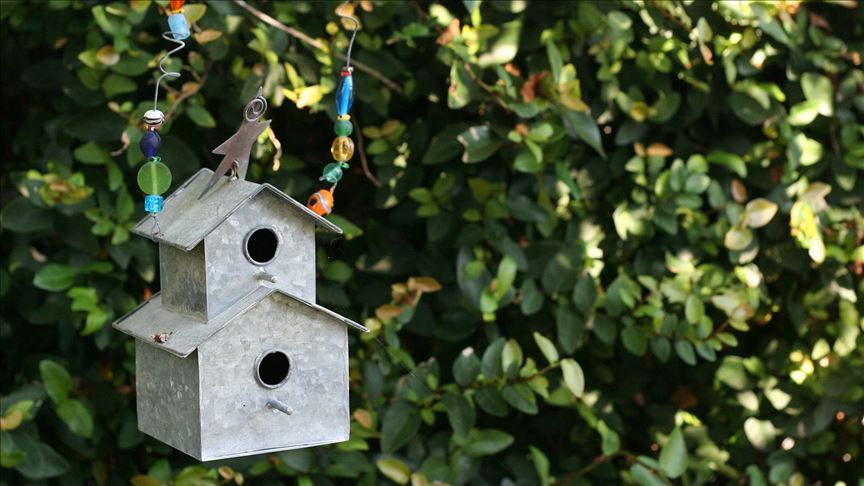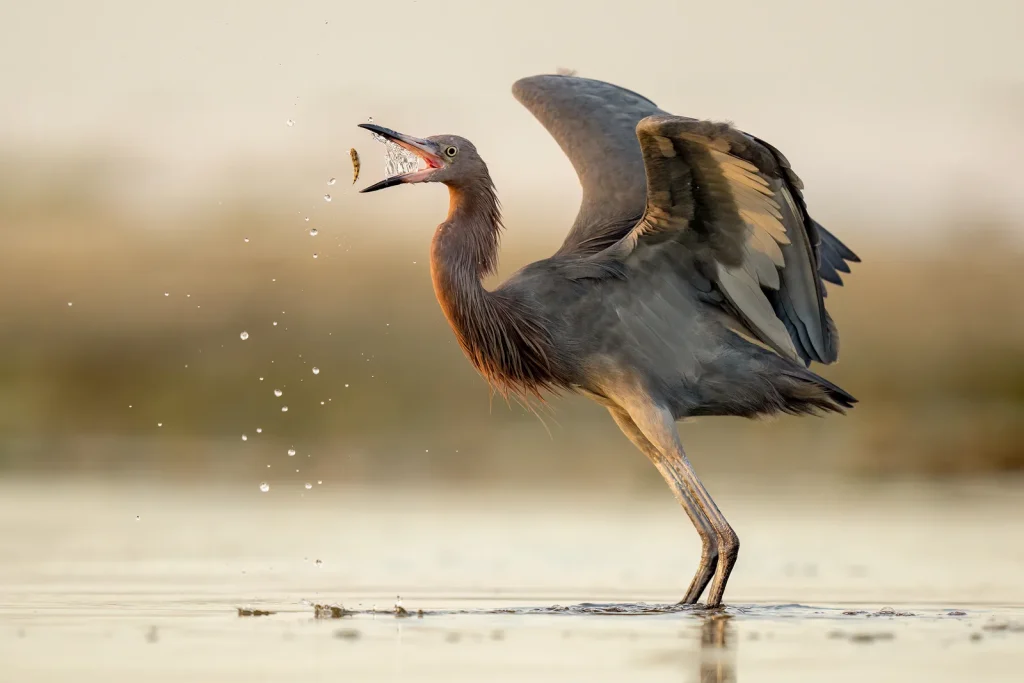Have you ever wondered how it feels to see the world from high above, like a bird soaring in the sky? That’s exactly what a bird’s eye view offers—a unique perspective that lets you look down on everything below.
Whether you’re planning a trip, designing a project, or just curious about different viewpoints, understanding what a bird’s eye view is can change how you see things. Keep reading, and you’ll discover why this perspective is so powerful and how it can help you make better decisions in your daily life.

Credit: en.wikipedia.org
Bird’s Eye View Basics
A bird’s eye view shows a scene from above. It looks like what a bird sees while flying.
This view helps people understand the layout of places or objects easily.
Definition And Origin
A bird’s eye view is an aerial perspective of an area or object. It shows everything from the top down.
The term comes from how birds fly high and see the ground below. Artists and mapmakers started using this view long ago to show cities and lands.
- Used in old maps to show towns and roads
- Used in paintings to display landscapes
- Now common in digital maps and video games
Common Uses In Daily Life
People use bird’s eye views to see places clearly. It helps in planning and understanding space.
| Use | Example |
| Navigation | GPS maps show routes from above |
| Real Estate | Showing property layouts to buyers |
| City Planning | Designing roads and parks |
| Video Games | Games use top views for player control |
Types Of Aerial Perspectives
A bird’s eye view shows a scene from high above. It helps us see large areas at once.
There are different ways to capture aerial views. Each type shows the scene in a unique way.
Top-down View
The top-down view looks straight down from above. It shows the ground and objects below clearly.
This view is useful for maps and plans because it shows exact shapes and positions.
Oblique View
An oblique view is taken at an angle. It shows the sides and tops of objects.
- Shows depth and height of buildings or trees
- Gives a more natural look of the area
- Helps in understanding terrain and landscapes
Panoramic View
A panoramic view captures a wide area, often in a single photo. It can show a full city or mountain range.
| Feature | Top-Down View | Oblique View | Panoramic View |
| Angle | Directly down | Slanted angle | Wide horizontal sweep |
| Shows | Exact shapes and layout | Height and depth | Large area in one image |
| Use | Maps and plans | Terrain and architecture | Landscapes and cityscapes |
Applications In Various Fields
A bird’s eye view shows a scene from above. It helps people see the layout and details clearly. This view is useful in many jobs and activities.
Different fields use bird’s eye view to plan, create, or understand spaces better. It gives a wide and clear picture of the area.
Urban Planning And Architecture
City planners use bird’s eye views to design streets, parks, and buildings. It helps them organize space for people and traffic.
Architects use this view to see how new buildings fit into the area. It helps avoid problems with space or sunlight.
- Plan roads and pathways
- Design public parks and spaces
- Check building placements
- Improve city layouts
Photography And Filmmaking
Photographers use bird’s eye views to take pictures from high places or drones. This angle shows scenes in a new way.
Filmmakers use this view to show large areas or action scenes. It helps tell stories with a wide and clear perspective.
- Capture landscapes and cities
- Show large events or crowds
- Create dramatic scene effects
- Use drones for aerial shots
Mapping And Navigation
Maps often use bird’s eye view to show streets, buildings, and land features. This helps people find places and plan routes.
Navigation tools rely on this view to give clear directions. It helps drivers and walkers see where they are going.
- Show roads and landmarks
- Help with route planning
- Display terrain and water bodies
- Assist in GPS and apps
Sports And Gaming
Sports coaches use bird’s eye views to study player positions and movements. It helps improve team strategies during games.
Game designers use this view to create maps and levels. Players can see the whole field or area to plan their moves.
- Analyze player formations
- Plan team tactics
- Create game maps and levels
- Help players navigate game worlds

Credit: www.freepik.com
Techniques To Capture Bird’s Eye Views
Bird’s eye views show a scene from high above. They help us see places from a new angle. Many tools and methods can capture these views.
This guide explains three main ways to get bird’s eye images: drones and cameras, satellites, and aircraft shots.
Drones And Aerial Cameras
Drones are small flying machines with cameras. They can fly low and take clear photos. Aerial cameras on poles or cranes also capture views from above.
- Use drones for flexible and close shots.
- Set camera angles to get wide views.
- Fly drones safely and follow local rules.
- Use aerial cameras for steady, fixed shots.
- Choose high-resolution cameras for sharp images.
Satellite Imaging
Satellites orbit high above Earth and take photos. They cover large areas and show patterns not seen from lower heights.
| Feature | Details |
| Altitude | Hundreds to thousands of kilometers above Earth |
| Image Area | Very large, covers cities or regions |
| Use | Mapping, weather, land use |
| Resolution | Lower than drones, but improving |
Helicopter And Aircraft Shots
Helicopters and planes carry photographers to take bird’s eye pictures. They fly at medium heights and can hover or circle areas.
- Use helicopters for flexible height and position.
- Aircraft offer stable platforms for long shots.
- Choose the right time for good lighting.
- Use zoom lenses to get close without flying low.
Advantages Of Bird’s Eye Perspectives
A bird’s eye view shows a scene from above. It helps us see the whole area at once.
This perspective is useful in many fields like maps, design, and storytelling.
Enhanced Spatial Awareness
Bird’s eye views help people understand space better. They show how objects relate to each other.
This view makes it easier to see distances and layouts clearly.
Improved Decision Making
Seeing the whole area at once helps in making smart choices. You can spot problems early.
This helps in planning routes, managing resources, and solving issues quickly.
Creative Visual Storytelling
Bird’s eye views give a fresh angle for telling stories. They add depth and interest to images.
This perspective can show scenes in a new way, making stories more engaging.

Credit: www.freepik.com
Challenges And Limitations
Bird’s eye view gives a wide angle from above. It helps in many fields like mapping and surveillance. But it has some challenges and limits that affect its use.
Understanding these limits helps users make better decisions. Below are key challenges faced with bird’s eye view technology.
Technical Constraints
Bird’s eye view needs special equipment like drones or satellites. These tools can be costly and need skill to operate.
- Limited battery life of drones reduces flight time
- High-resolution cameras increase data size and processing time
- Signal loss can disrupt live feeds
- Hardware failures may cause data gaps
Privacy And Ethical Concerns
Capturing images from above may invade people’s privacy. Laws and rules differ by region about what is allowed.
Key privacy issues include:
- Unintentional capture of private property
- Unauthorized surveillance
- Data misuse or sharing without consent
Ethical use means respecting privacy and following laws strictly.
Weather And Environmental Factors
Weather changes can block or blur the bird’s eye view. Rain, fog, or clouds reduce image quality.
| Weather Condition | Effect on Bird’s Eye View |
| Rain | Blurs images and affects sensors |
| Fog | Reduces visibility drastically |
| Strong winds | Causes drone instability |
| Cloud cover | Blocks satellite views |
Future Trends In Aerial Imaging
Bird’s eye view images show scenes from above. They help people see places clearly and understand layouts.
Aerial imaging keeps changing with new tools and ideas. These changes make it easier to capture and use images from the sky.
Advancements In Drone Technology
Drones have become smaller and smarter. They fly longer and take better pictures from the sky.
New drones have better cameras and sensors. They can fly in hard places and capture clear images.
- Longer battery life for longer flights
- Higher resolution cameras for sharp images
- Improved stability for smooth shots
- Better sensors for night and bad weather
Ai And Automated Image Analysis
Artificial intelligence helps analyze aerial images fast. It finds patterns and important details automatically.
AI can detect objects like buildings, trees, and roads. This saves time and improves accuracy in data use.
- Quickly sorts and labels image data
- Detects changes over time in a location
- Helps in mapping and planning tasks
- Reduces human errors in image study
Integration With Virtual Reality
Virtual reality lets users explore bird’s eye views in 3D. It creates a feeling of being inside the aerial image.
Combining VR with aerial imaging helps in training, planning, and design. Users can walk through areas before visiting them.
- Immersive experience of landscapes and cities
- Useful for architects and city planners
- Enhances learning in schools and museums
- Improves remote site inspections
Frequently Asked Questions
What Does Bird’s Eye View Mean In Navigation?
Bird’s Eye View means seeing an area from directly above. It shows a wide, detailed perspective. This view helps in navigation by providing clear spatial awareness.
How Is Bird’s Eye View Used In Mapping?
Bird’s Eye View in mapping offers a top-down look. It helps visualize landscapes, streets, and buildings clearly. This makes it easier to understand geographic layouts.
Why Is Bird’s Eye View Important In Photography?
Bird’s Eye View in photography captures scenes from above. It reveals unique patterns and details not seen at ground level. This perspective adds creativity and context to photos.
How Does Bird’s Eye View Aid Urban Planning?
Bird’s Eye View helps urban planners see city layouts clearly. It shows roads, green spaces, and infrastructure from above. This aids efficient design and development.
Conclusion
Bird’s eye view offers a fresh perspective. It helps us see the big picture. This view captures details often missed. Artists and planners use it for better designs. It aids in navigation and strategic planning. Drone photography showcases its beauty and utility.
This perspective enhances understanding and appreciation. Seeing the world from above simplifies complex landscapes. It provides clarity and insight. Embrace the bird’s eye view for new experiences. It’s a valuable tool in many fields. Whether in art, planning, or photography, it brings a new dimension.
A higher perspective can change how we see the world.





